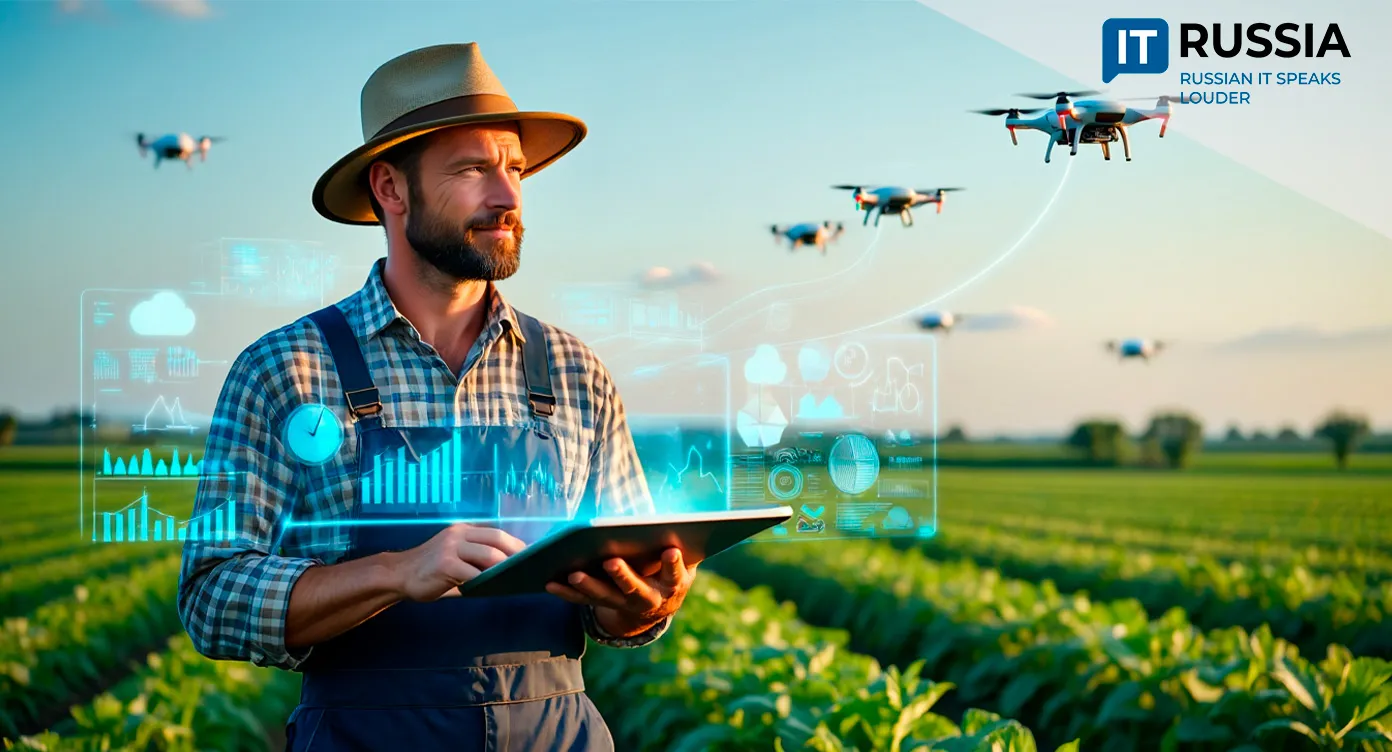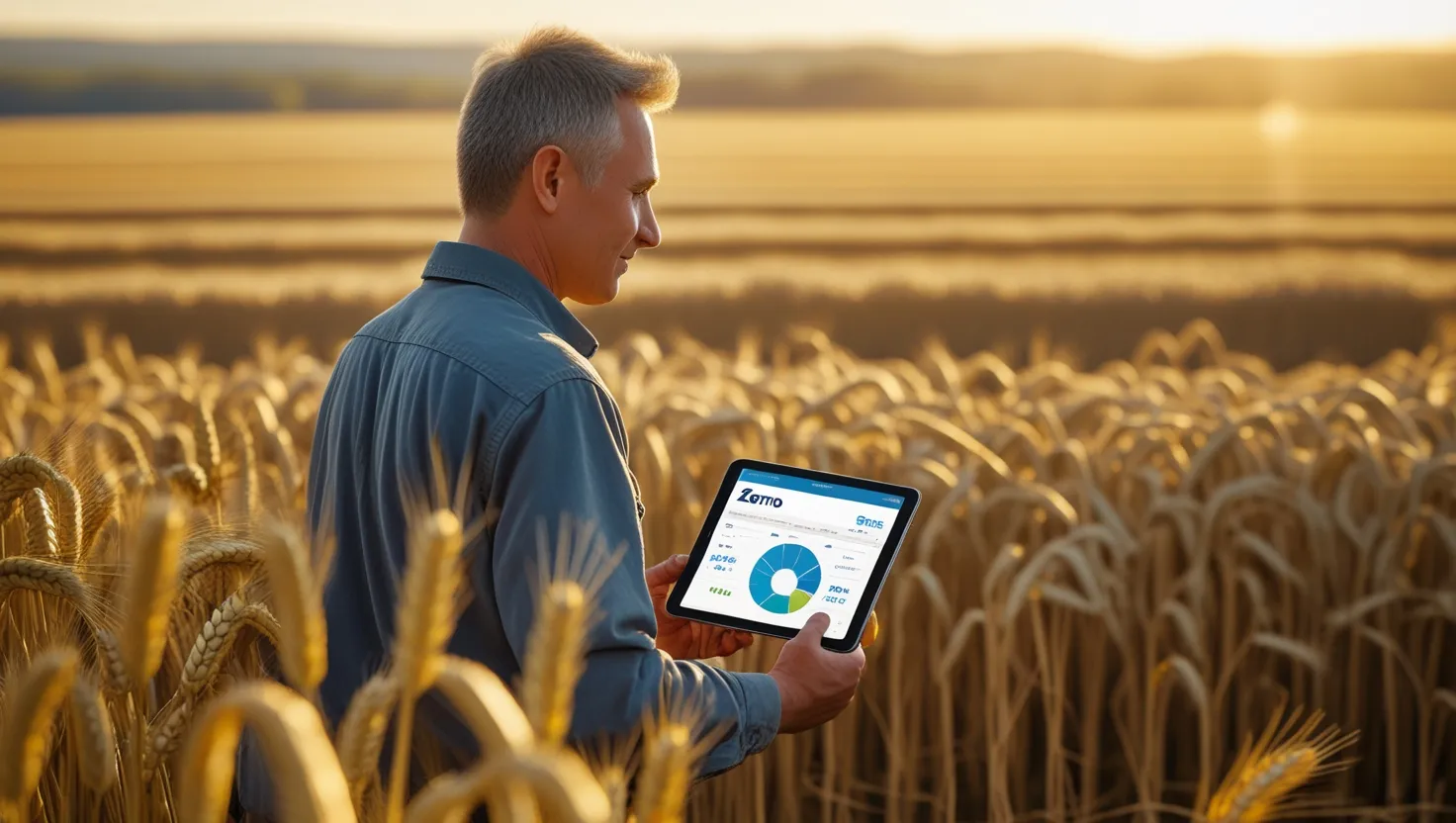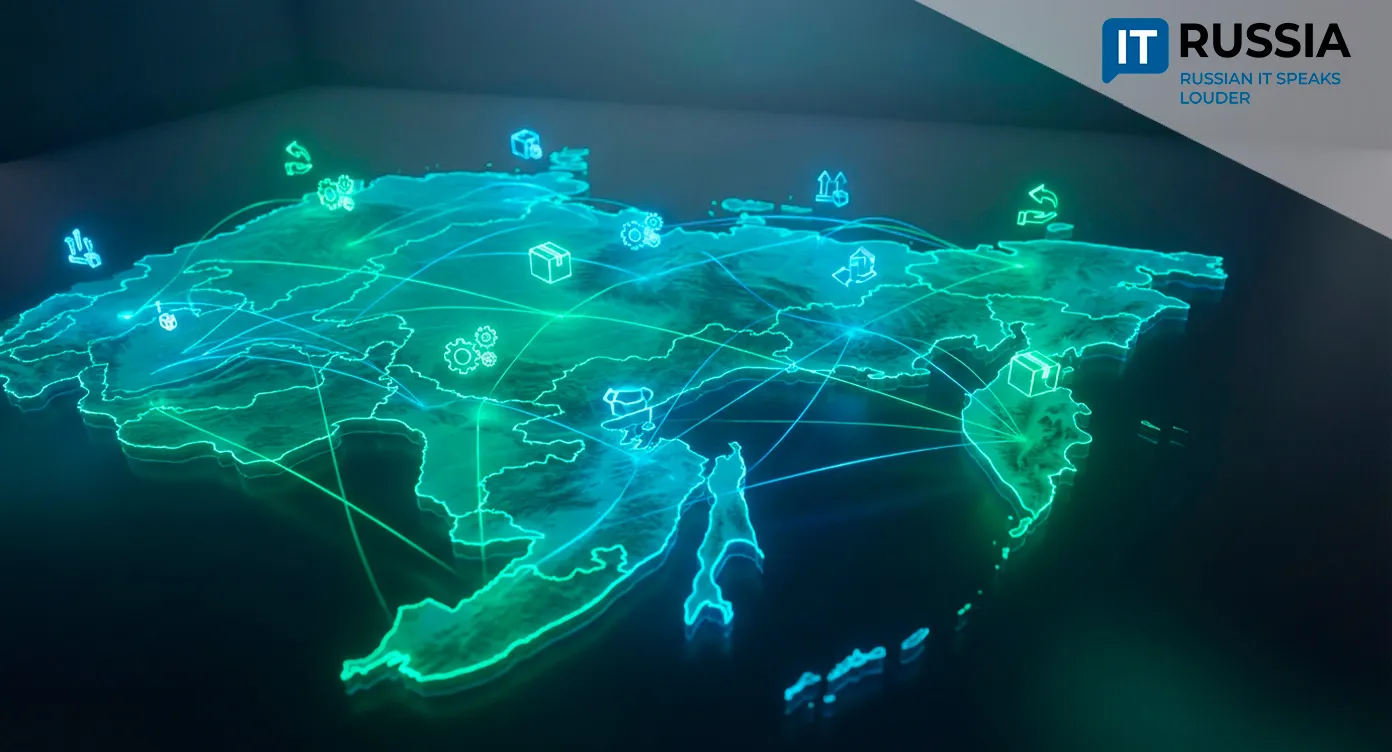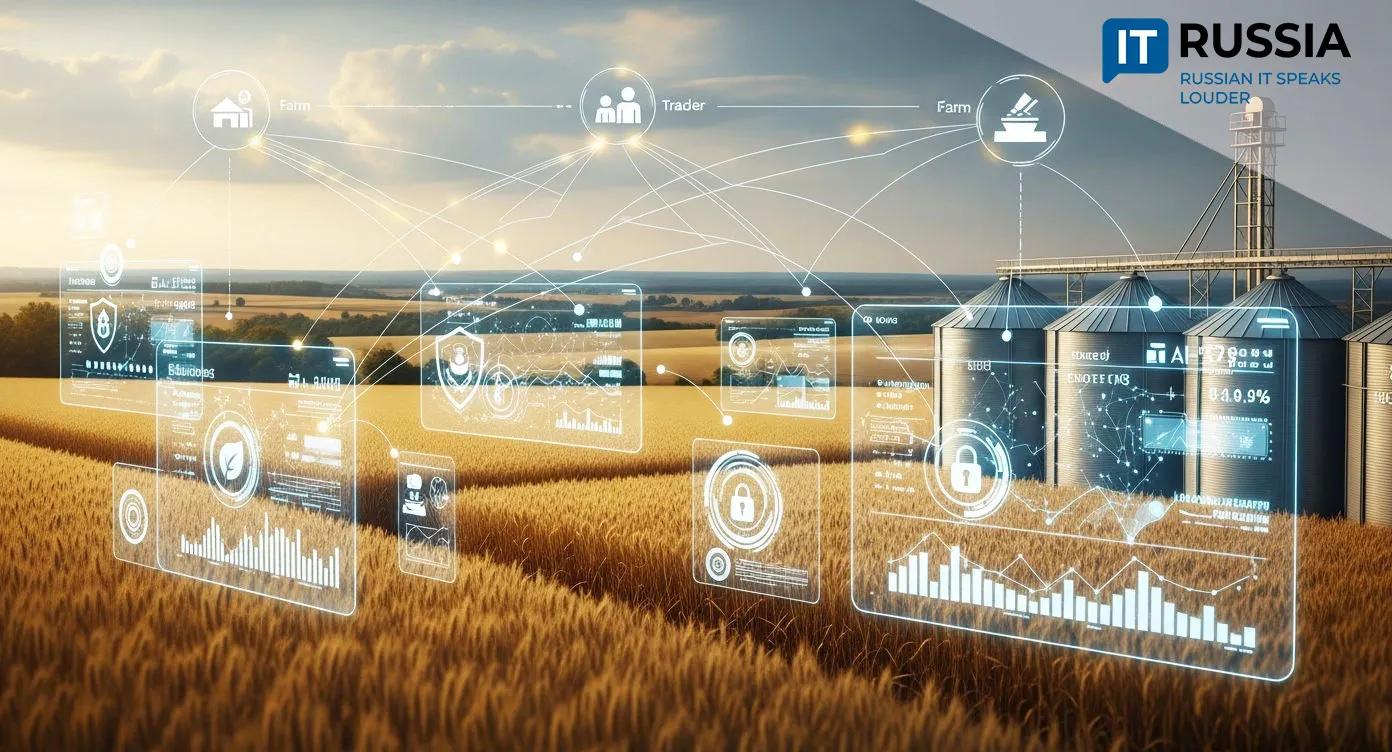Russia Digitizes Its Agricultural Insurance System
Russia’s agricultural insurance sector is entering a new technological phase. The transition to digital tools will streamline processes, accelerate payouts, and lay the groundwork for next-generation insurance programs tailored to farmers’ real-world risks.

FGIS and Data at the Core
High-quality insurance protection has become a strategic pillar for modernizing Russian agriculture. Until recently, the sector was constrained by cumbersome paperwork in crop insurance and claims management — a natural challenge given the complexity of assessing agricultural assets and losses.
At the Golden Autumn 2025 exhibition in Moscow, Russia’s Minister of Agriculture, Oksana Luth, announced that approximately $59 million will be allocated in 2026 to strengthen the agricultural insurance system. She emphasized that the process of distributing these funds must be fast, transparent, and data-driven — particularly as extreme weather events become more frequent.

The National Association of Agricultural Insurers (NAAI), together with the Ministry of Agriculture and the Center for Agroanalytics, is developing an improved framework using data from federal agricultural information systems (FGIS). These systems will serve as the digital backbone of state-supported insurance programs, ensuring more reliable and efficient operations.
Faster, Smarter, More Accurate
The new digital infrastructure will integrate data from three national systems: FGIS Grain, FGIS Seed Production, and the Unified FGIS of Agricultural Lands. Together, they contain detailed information about crop varieties, planting schedules, and harvest results, much of which is now provided online directly by farmers.
According to NAAI Executive Director Mukharbiy Boranukov, linking insurance systems with these databases will drastically reduce the volume of documents required for crop insurance contracts and claims — and ultimately eliminate paper workflows entirely.
To support this shift, NAAI and Roshydromet are also developing a digital service called Info-Meteos, which will issue electronic certificates confirming hazardous weather events in specific regions. By integrating real-time data and automated verification, insurers can make faster, more objective decisions, while farmers receive their payouts with minimal delay.

A Second Technological Leap
This marks the second major digital transformation in Russian agricultural insurance. The first began a decade ago, when satellite monitoring was introduced to assess crop conditions remotely — eliminating the need for on-site inspections. The upcoming transition will go even further, reshaping how insurers and farmers interact, and how risk itself is modeled. NAAI President Korney Bizhdov describes it as a foundation for a new generation of digital products: “Agricultural insurance is approaching its second technological leap.
It will expand optimization options for both farmers and insurers, creating modern programs for forecasting, risk assessment, and claims management.” The digitalization drive aligns with Russia’s broader agricultural technology agenda. A unified digital platform for agriculture will soon connect 18 federal systems across three ministries, enabling seamless access to state services and data. For farmers, that means faster access to coverage, automated claim processing, and greater financial stability in the face of climate challenges.

Insurance Without Red Tape
The digital transformation of agricultural insurance promises to enhance service quality for producers while reducing administrative burden. The time between an insured event and a payout will shrink dramatically — lowering business risks and empowering rural entrepreneurs to restart production more quickly.
As the system matures, insurers will be able to design new, data-driven products, supported by digital risk assessment tools. Updated insurance conditions, scheduled to take effect in 2026, will mark the start of a smarter, faster, and more resilient agricultural safety net. In the longer term, Russia’s model of digital agricultural insurance could become an exportable product for markets in developing countries and the CIS region, where similar challenges and opportunities exist.










































